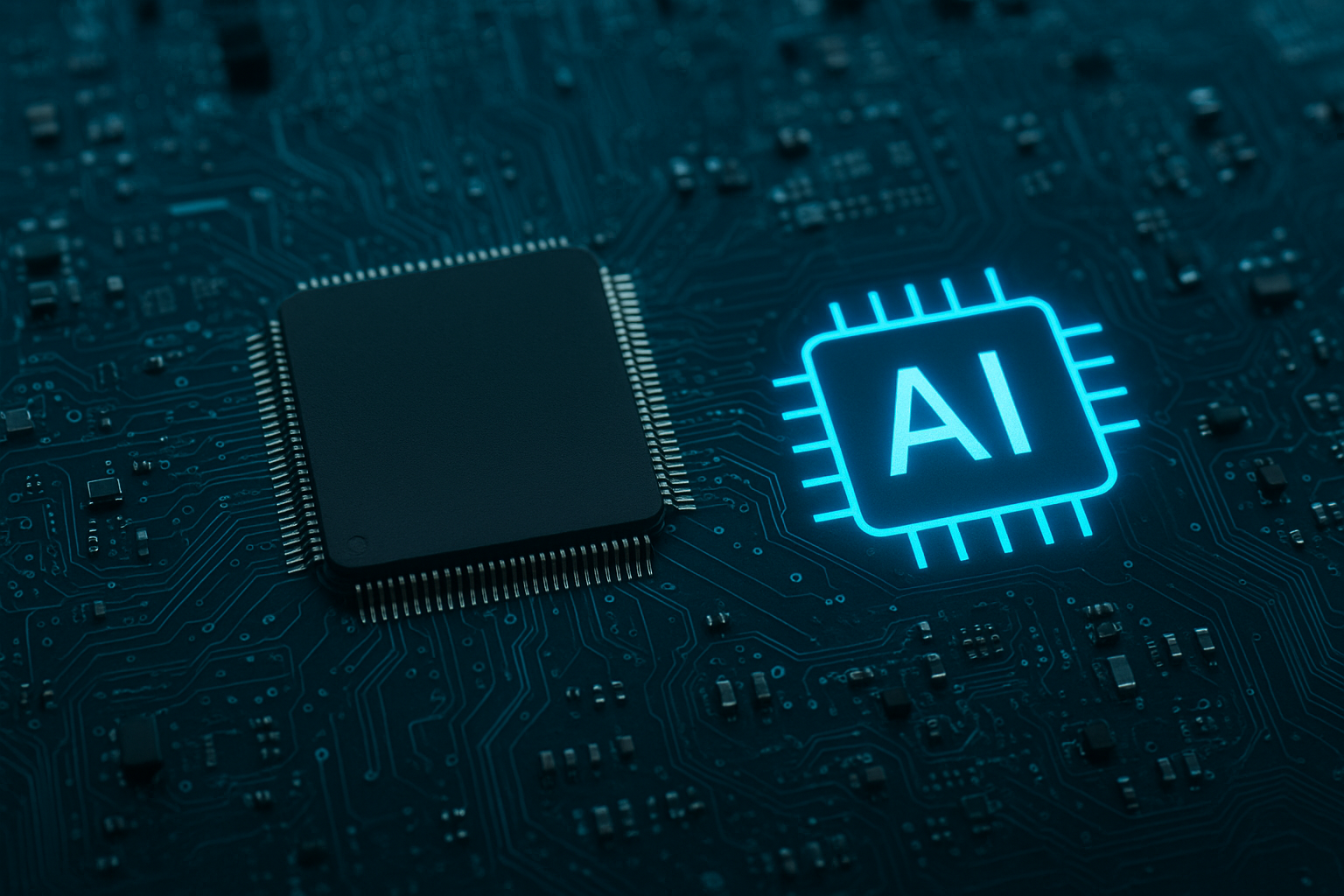As the AI race intensifies, major tech firms are signaling record capital expenditures — but investors are beginning to question whether the spending frenzy is sustainable. The coming earnings season could determine whether the “AI trade” remains the market’s defining narrative or faces its first real test.
The Market’s Next Big Test: Capex Meets Expectations
Technology companies have dominated 2025’s market story, with AI infrastructure spending emerging as a key growth driver. According to Reuters, major tech players are preparing for another round of heavy capital expenditures on data centers, chips, and cloud infrastructure — all designed to capture the exploding demand for artificial intelligence services.
However, analysts warn that this aggressive spending could strain balance sheets if returns don’t materialize fast enough. The question now is whether earnings growth will justify the capital surge — or if investors will begin to cool on the AI-driven euphoria that’s fueled market valuations since 2023.
In recent earnings calls, giants like Microsoft, Alphabet, and Amazon have all announced rising capital expenditure targets, citing AI-related investments. Microsoft’s AI infrastructure spending alone has grown to an estimated $50 billion annually, while Amazon and Google are expanding data center footprints in the U.S. and Europe.
Why This Matters for Investors
The implications of this spending cycle go far beyond the technology sector. The “AI trade” — encompassing semiconductors, cloud computing, and AI software providers — has driven a disproportionate share of market gains in 2024–2025. If capex-driven earnings growth doesn’t meet expectations, the ripple effect could hit indices like the Nasdaq 100 and S&P 500, both heavily weighted toward these mega-cap names.
According to market strategists cited by Reuters, investors are starting to look more critically at margins and return on investment for AI-related spending. A decline in profitability, even amid record revenues, could trigger a valuation reset.
Still, not all signals are bearish. Analysts at Bloomberg Intelligence suggest that AI-related spending has begun to deliver tangible productivity gains — especially for firms integrating automation, customer analytics, and enterprise-grade AI tools. This transition from hype to utility may help sustain valuations in the medium term.
Future Trends to Watch
- Capex Concentration:
The majority of AI infrastructure spending is still concentrated among the top five U.S. tech firms. This centralization creates both opportunity and vulnerability — especially if regulators or investors push for broader industry balance. - Earnings Season Watchlist:
The upcoming quarterly reports will be pivotal. Expect analysts to focus not only on revenue growth but also on capex-to-cash flow ratios and AI ROI disclosures. - Supply Chain Pressures:
As data center construction surges, demand for semiconductors, power systems, and cooling infrastructure is creating bottlenecks. This could benefit suppliers like Nvidia, AMD, Broadcom, and Super Micro Computer, but may also constrain deployment timelines. - Investor Sentiment Shift:
If AI-related spending continues to rise faster than revenue, investors could pivot toward “AI enablers” — companies providing critical tools and hardware — rather than big tech itself.
Credible References & Market Context
According to Reuters’ latest coverage, “Tech spending plans will test the stock market’s AI trade” — a reflection of growing skepticism about whether big tech’s capex surge can keep pace with market expectations. Meanwhile, reports from Bloomberg and Goldman Sachs Research highlight a broader structural trend: AI infrastructure is becoming a long-term economic driver, not a speculative phase.
However, a Morgan Stanley note warns that “AI capex cycles are inherently volatile,” cautioning that a slowdown in cloud demand or higher borrowing costs could disrupt these expansion plans in 2026.
Key Investment Insight
The “AI trade” has matured from a speculative theme into a multi-trillion-dollar capex cycle — but sustainability now depends on execution. Investors should:
- Focus on AI infrastructure enablers (semiconductors, datacenter builders, cooling systems).
- Track companies with transparent AI ROI reporting and balanced capex-to-cash flow ratios.
- Avoid overexposure to firms where rising capital intensity threatens margins.
This is a pivotal moment for discerning investors: while the upside in AI remains vast, selectivity and timing are becoming essential.
Stay tuned with MoneyNews.Today for in-depth analysis on technology and AI market dynamics, providing data-driven insights into where capital — and conviction — are flowing next.





